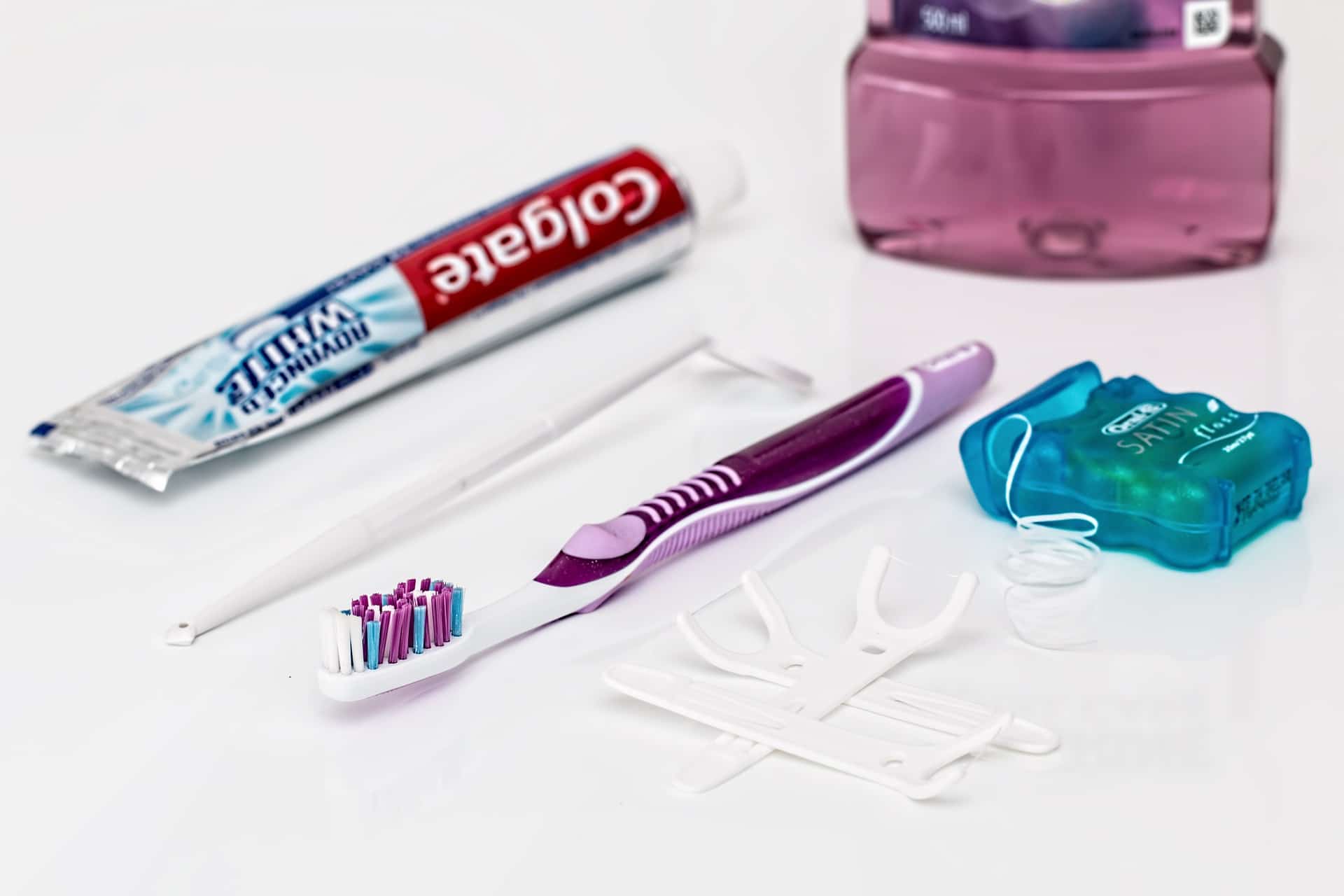
02 Sep Waterpik vs. Flossing: Pros and Cons
At Prescott Dentistry, we understand that everyone wants a beautiful, white smile. But taking care of your teeth and gums is about much more than just good looks. Poor oral hygiene can cause cavities, tooth loss, and gum disease. Brushing your teeth at least twice a day is a good start, but brushing alone is not enough to remove food particles, plaque, and bacteria from between the teeth. For this reason, the American Dental Association recommends daily flossing. Check out our post from February to learn more about the benefits of flossing.
Now, the question is when it comes to flossing: is a Waterpik or dental floss better? Read on for the pros and cons of each of these tools!
What is a Waterpik?
There are different kinds of water picks or water flossers; Waterpik is simply the most well-known brand. Water picking utilizes a special machine that directs a pressurized stream of pulsating water into the mouth and gums. Rather than scraping the teeth to remove plaque, like with dental floss, water flossing uses the pressure of the water to massage the gums and remove food particles, bacteria, and plaque from between teeth and under the gum line.
Water flossers with the ADA Seal can also help reduce gingivitis, the precursor to gum disease. Check out these ADA-approved water flossers.
Waterpik: Pros
- Good for people who have braces, non-removable bridgework, crowns, or dental implants because it won’t get caught as dental floss could
- Easier to use for people who have arthritis in their hands
- Can get into difficult-to-reach areas of the mouth that traditional dental floss can’t; often recommended for patients with gum disease for this reason
- Reduces inflammation of the gums that can occur with using dental floss
Waterpik: Cons
- Expensive
- Bulky and requires access to electricity and water, which can make it difficult to use traveling or camping
- It requires batteries and maintenance
- May not remove all plaque and is not considered a replacement for dental floss
Dental Floss: Pros
- Inexpensive
- Can buy it from any pharmacy or grocery store
- Can be carried in your pocket or purse and used anywhere
- Offers more control than water flossing
- More effective at scraping plaque between teeth
Dental Floss: Cons
- Can be difficult to reach some areas of the mouth with floss
- Can cause minor bleeding, especially if not done regularly
- Can worsen gum sensitivity
- Can be difficult to use for people with arthritis in the hands
The Bottom Line
So, is a Waterpik or dental floss better? If you have to choose one, dental floss is the better option. Because water flossing doesn’t remove all the plaque, the ADA does not recommend using that technique as a replacement for using dental floss. It can, however, be a great addition to your daily oral hygiene routine. Using both will ensure that your pearly whites remain as clean and healthy as possible! The only exceptions to this are if you have arthritis or have dental appliances in which dental floss could get stuck.
If you are interested in using a Waterpik and would like to find out more about them, we can give you some advice on which one would be best for you. Contact Prescott Dentistry today to schedule an appointment with one of our expertly trained holistic dentists!
Image by Steve Buissinne from Pixabay



